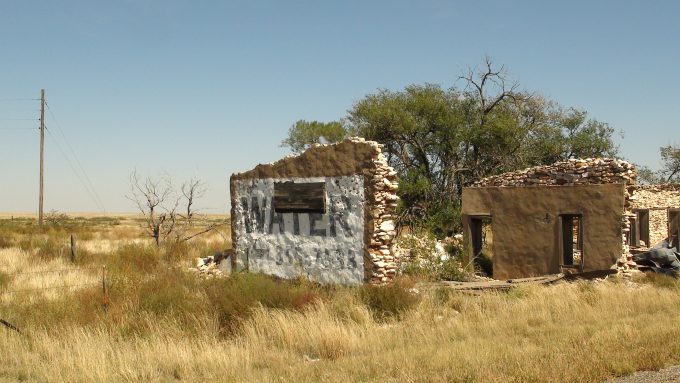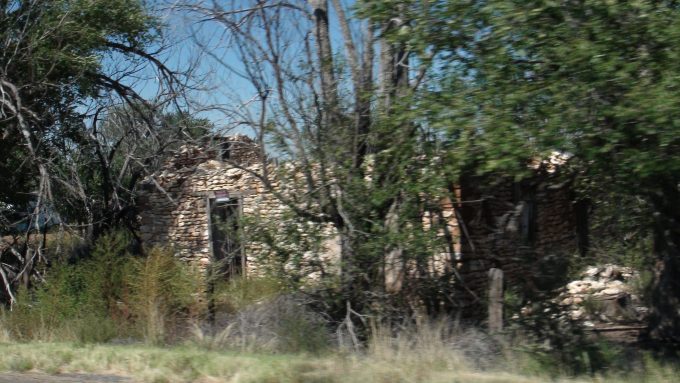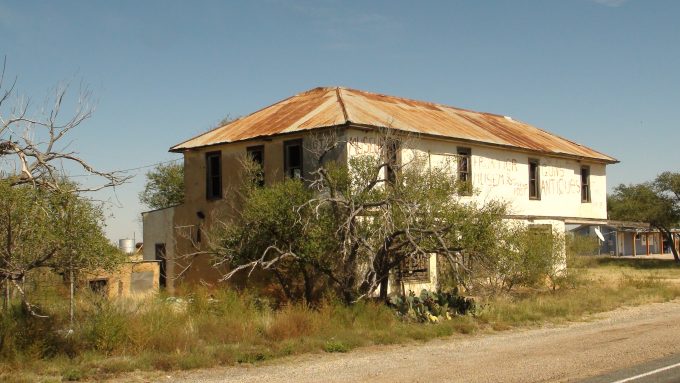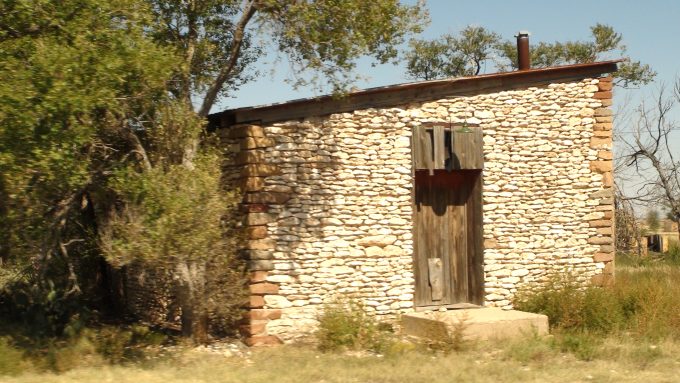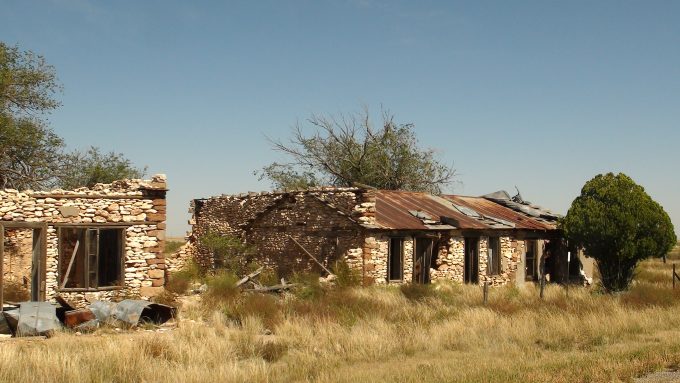
Thursday, 7 February 2019
…and having a High Priest over the house of God, Hebrews 10:21
Here the author builds upon what he has been saying. We can boldly enter the Holy Places because of the blood of Jesus (10:19). This is in “a new and living way which He consecrated for us” (10:20). And that is “through the veil” (10:20) which is His flesh. He now adds to that with, “and having a High Priest.” The Greek does not read “High Priest.” Instead, it uses the word megas, or “great.” Thus, He is the “Great Priest.” It is true that He is the High Priest, however, the author purposefully uses this term (also used in Hebrews 4:14 with a different connecting word).
This then is most probably referring to the prophecy of the Great Priest from Zechariah 6, and it seems that this is a purposeful connection to that verse by the author. In that passage, it says –
“‘“Take the silver and gold, make an elaborate crown, and set it on the head of Joshua the son of Jehozadak, the high priest. 12 Then speak to him, saying, ‘Thus says the Lord of hosts, saying:
“Behold, the Man whose name is the BRANCH!
From His place He shall branch out,
And He shall build the temple of the Lord;
13 Yes, He shall build the temple of the Lord.
He shall bear the glory,
And shall sit and rule on His throne;
So He shall be a priest on His throne,
And the counsel of peace shall be between them both.”’” Zechariah 6:11-13
In verse 11 of that passage, Joshua is called ha’kohen ha’gadol – “the priest, the great.” There is prophesied in that passage a uniting of the offices of King and High Priest. This is realized in Christ Jesus, and this seems to be what the author has on his mind. Christ is not just “a high priest,” but He is the “Great Priest.” It is He who (as Zechariah prophesies) “shall build the temple of the Lord.” In the Bible, and in both Testaments, the term “house of God,” is frequently used to speak of the temple of the Lord. It is this same term which is now used by the author to reveal the authority with which Christ rules. He is “a Great Priest over the house of God.”
A description of Jesus as the Great High Priest is described in glorious detail in Revelation 1 –
“Then I turned to see the voice that spoke with me. And having turned I saw seven golden lampstands, 13 and in the midst of the seven lampstands One like the Son of Man, clothed with a garment down to the feet and girded about the chest with a golden band. 14 His head and hair were white like wool, as white as snow, and His eyes like a flame of fire; 15 His feet were like fine brass, as if refined in a furnace, and His voice as the sound of many waters; 16 He had in His right hand seven stars, out of His mouth went a sharp two-edged sword, and His countenance was like the sun shining in its strength.” Revelation 1:12-16
The symbolism is rich in this account as it shouts out Christ’s glory – both His humanity and His divinity. The lampstands were used in the temple for illumination. That He is “like the Son of Man” indicates His humanity. The garment reaching down to His feet reflects His status as our High Priest. The golden band replaces the woven band of the earthly high priest and reveals His deity and also the eternality of the office. The snow-like head and hair indicate His absolute purity and divine glory. The eyes like a flame of fire are what read into our very thoughts and minds. The feet like fine brass represent his permanence and authority to judge. His voice like the sound of many waters reveals his deity and authority to proclaim God’s word. The seven stars in His hand speak of His sovereign authority over the angels of the churches. The sharp two-edged sword reflects the authority of His words and their ability to “judge the thoughts and attitudes of the heart;” and His countenance like the sun shining in its strength is indicative of the glory of God which shone in the sanctuary as seen in the Old Testament.
Life application: The risen Christ, Jesus, is our Great Priest! Although much of the Old Testament symbolism concerning priestly matters is not used by Paul (in earlier epistles) during the Gentile-led church age, that is because the Gentiles had less need to understand those roles which the Hebrews would be fully aware of. However, even Paul’s words show that Christ fulfills all of the priestly roles for us, in this dispensation, as the high priest of Israel did for the people of Israel under the Old Covenant. There is one atoning Sacrifice, there is one Mediator between God and man, etc. And those things are handled by Jesus in His death, burial, resurrection, and continued mediation. If you wonder if your prayers to God actually make it to His ears, don’t worry. If you are in Christ, they do. He is, even now, tending to your needs before the Father.
Lord God, it is so wonderful to know that we do not have the need for an earthly priest to minister for us before You. Rather, we have Jesus, the Great Priest of the New Covenant who fills every role necessary to bring us to You once again, and to mediate for us in Your presence. We have absolute surety in Christ that our needs before You are met perfectly. Hallelujah and Amen.

